In a world where speed, hygiene, and consistency dominate industrial demands, packaging machines have emerged as the backbone of efficient product handling. Whether it's pharmaceuticals, food, cosmetics, or electronics, packaging machines ensure that products are packed securely, attractively, and in compliance with quality standards. This article explores the diverse types, working principles, industrial applications, and evolving technologies behind packaging machines.
1. What Is a Packaging Machine?
A packaging machine is a device or a system of devices designed to automate the packaging process of goods. It can handle tasks ranging from filling, sealing, wrapping, and labeling to coding, palletizing, and even inspection. These machines are tailored for various packaging formats such as bottles, sachets, pouches, cans, blister packs, cartons, and trays.
Modern packaging machines are powered by mechanical, pneumatic, and servo-controlled systems, and are often integrated with PLC controls, HMI panels, and smart sensors for real-time monitoring and operational control.
2. Classification of Packaging Machines
Packaging machines are categorized by function, product type, or packaging method. Below are the primary types:
A. Filling Machines
Used to dispense the exact quantity of product into containers.
-
Liquid Filling Machines: For juices, oils, chemicals.
-
Powder Filling Machines: For flour, spices, milk powder.
-
Granule Filling Machines: For rice, coffee, sugar.
-
Volumetric and Gravimetric Fillers: Offer high-precision filling.
B. Sealing Machines
Create airtight closures to protect content and extend shelf life.
-
Heat Sealers: Use temperature to seal plastic films.
-
Induction Sealers: Seal container lids with electromagnetic induction.
-
Vacuum Sealers: Remove air and seal to preserve perishables.
C. Wrapping Machines
Wrap items in film or foil for protection and presentation.
-
Shrink Wrap Machines: Apply heat to shrink film tightly around the product.
-
Flow Wrapping Machines: Wrap items continuously in film (e.g., candy bars).
D. Blister and Strip Packaging Machines
Common in pharmaceuticals for unit-dose packaging.
E. Labeling & Coding Machines
Apply and print information such as barcodes, expiration dates, and batch numbers.
F. Cartoning and Case Packing Machines
Automate the packaging of products into cartons or cases.
G. Palletizing Machines
Used at the final stage to stack and wrap cartons onto pallets for shipping.
-
Robotic Palletizers
-
Conventional Palletizers
3. Working Principles of Packaging Machines
Each machine type follows a specific sequence depending on its application, but most follow this general structure:
-
Product Feeding: Manual or automatic feeding via conveyors or hoppers.
-
Measurement or Detection: Using load cells, photoelectric sensors, or vision systems to ensure the right quantity or orientation.
-
Packaging Material Handling: Film or carton is unrolled and shaped.
-
Filling/Placing: Product is introduced into the package.
-
Sealing/Wrapping: Mechanical, thermal, or ultrasonic sealing takes place.
-
Labeling and Coding: Optional process for traceability and branding.
-
Discharge/Sorting: Final product is discharged to conveyors or collected in bins.
Many modern machines are integrated with PLC (Programmable Logic Controllers), servo motors, automatic fault detection, and remote diagnostic capabilities, especially in Industry 4.0 settings.
4. Applications Across Industries
Food and Beverage
-
Sachet packaging for sauces, seasonings
-
Vacuum sealing for meat and cheese
-
Bottling and capping for juices, water
Pharmaceuticals
-
Blister packs for tablets
-
Strip packaging for capsules
-
Serialization and track-and-trace coding
Cosmetics and Personal Care
Chemical and Industrial Products
-
Powder fillers for detergents
-
Drum filling for paints and lubricants
-
Sealing of corrosive chemical pouches
E-commerce and Logistics
-
Poly bag machines for garments
-
Automated box erectors and sealers
-
Barcode labeling and RFID integration
5. Advantages of Packaging Machines
-
High Throughput: Can package thousands of units per hour.
-
Consistency & Accuracy: Ensures uniform product presentation and precise filling.
-
Hygiene & Safety: Minimizes human contact, especially in sterile environments.
-
Labor Cost Reduction: Automates repetitive and time-consuming tasks.
-
Customization: Machines can be adapted for various sizes, formats, and products.
-
Traceability: Integration with coding systems supports supply chain transparency.
6. Modern Trends and Innovations
Smart Packaging Machines
Use AI and IoT to monitor performance, detect errors, and optimize productivity in real time.
Sustainable Packaging
Machines designed to handle biodegradable films, paper-based trays, and minimal plastic.
Modular Systems
Allow quick changeovers and expansion without redesigning the entire line—ideal for businesses with varied SKUs.
Vision and Inspection Systems
Integrated cameras and sensors inspect products for defects, misprints, or incorrect weights.
7. Factors to Consider When Choosing a Packaging Machine
-
Product Characteristics: Viscosity, granularity, reactivity.
-
Desired Output: Speed, number of shifts, batch sizes.
-
Packaging Material: Film, foil, PET, paper, carton.
-
Footprint: Space availability and line integration.
-
Automation Level: Manual, semi-automatic, or fully automatic.
-
Regulatory Compliance: Especially in food and pharma sectors (FDA, CE, GMP).
8. Maintenance and Operational Guidelines
To ensure optimal performance:
-
Perform regular lubrication and cleaning.
-
Replace wear-and-tear parts (seals, blades, belts) proactively.
-
Monitor software/firmware updates if digital systems are in use.
-
Schedule calibration for sensors and filling systems.
-
Maintain a record of downtime and errors to optimize efficiency.


 English
English Español
Español عربى
عربى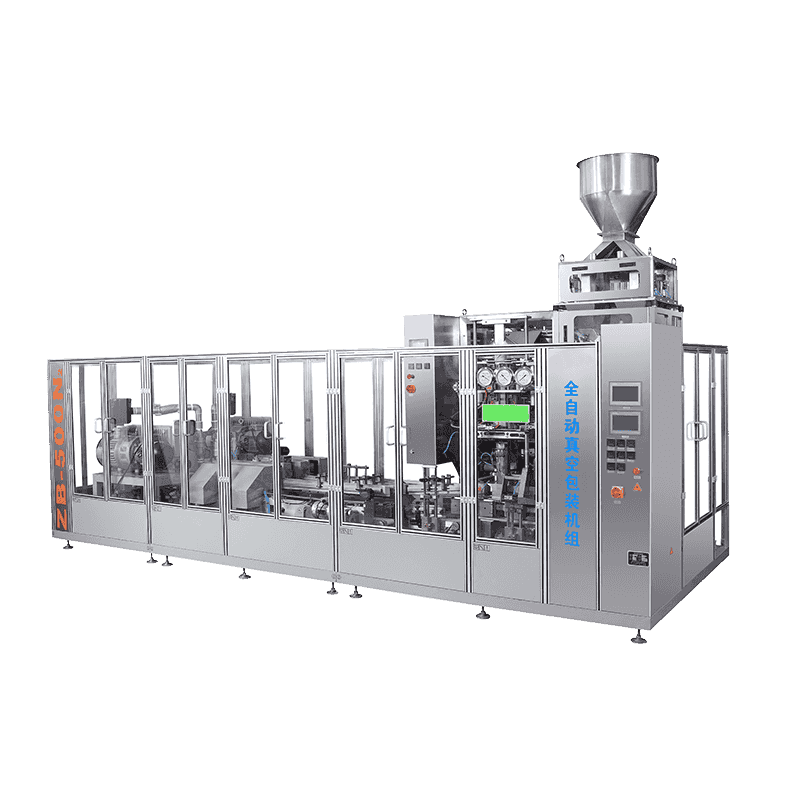
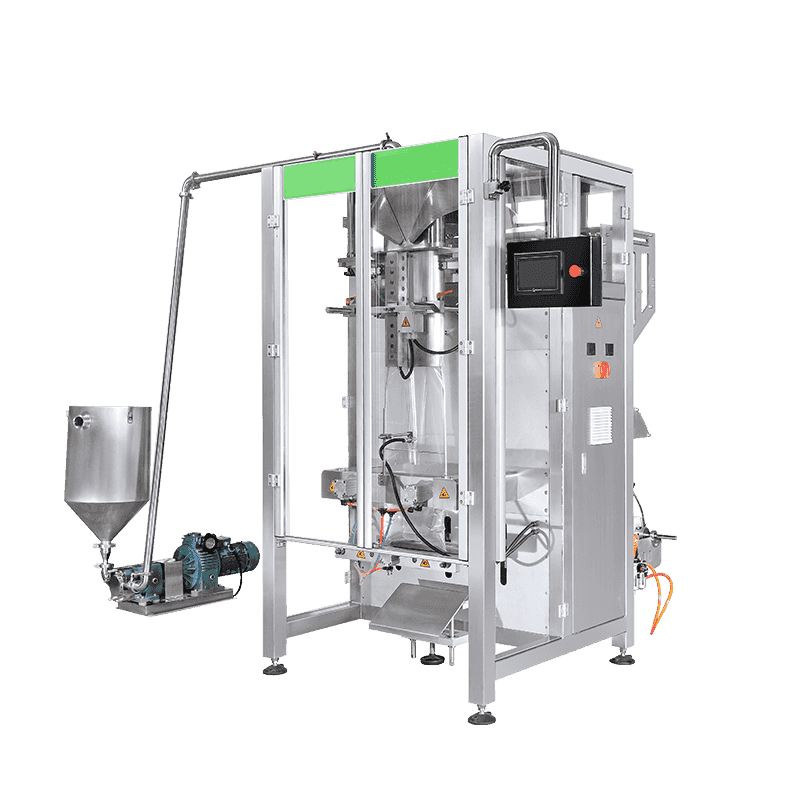
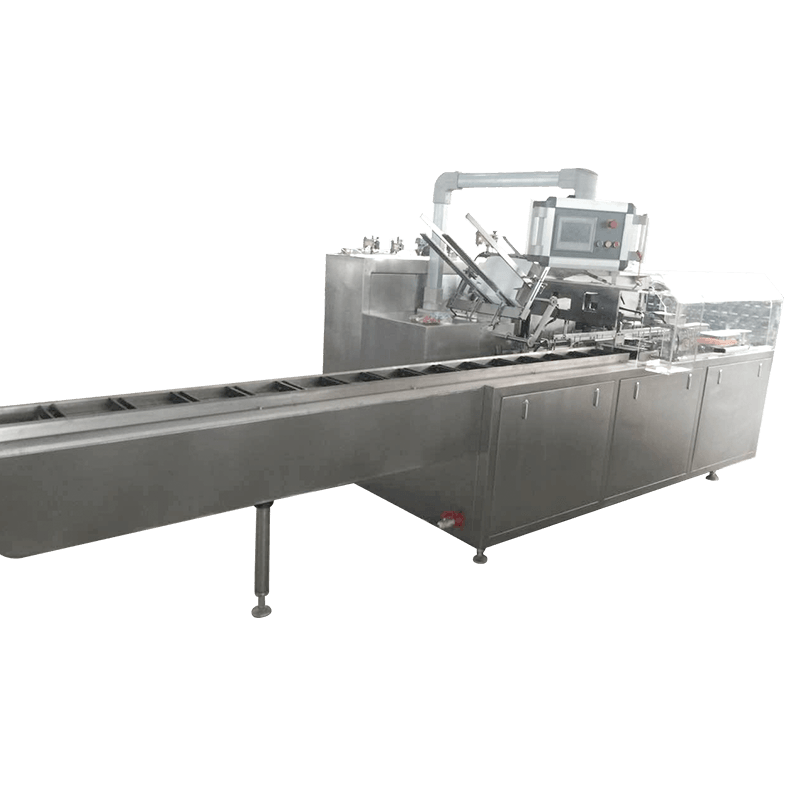
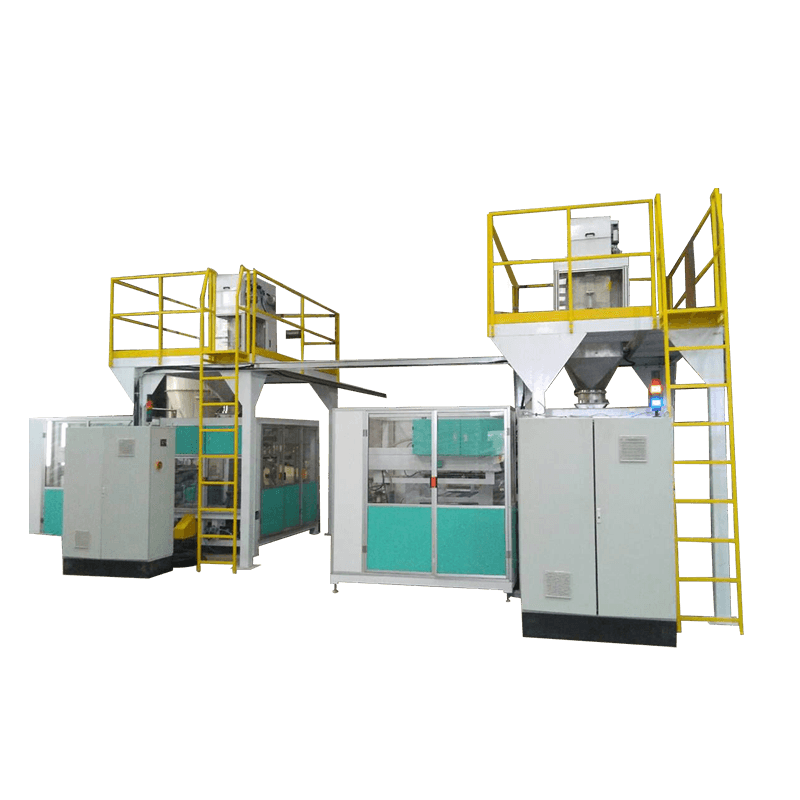
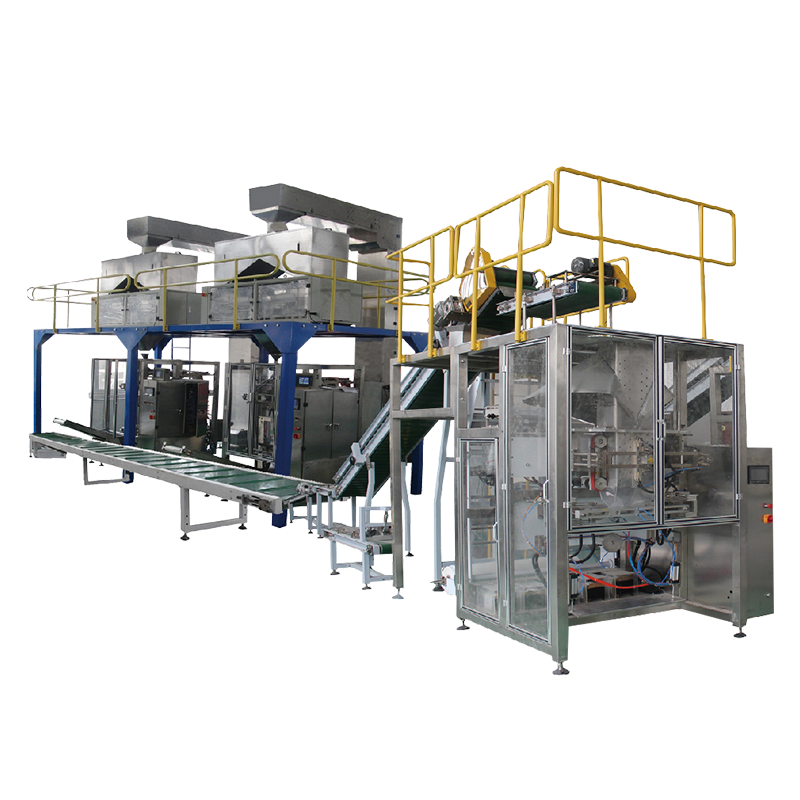
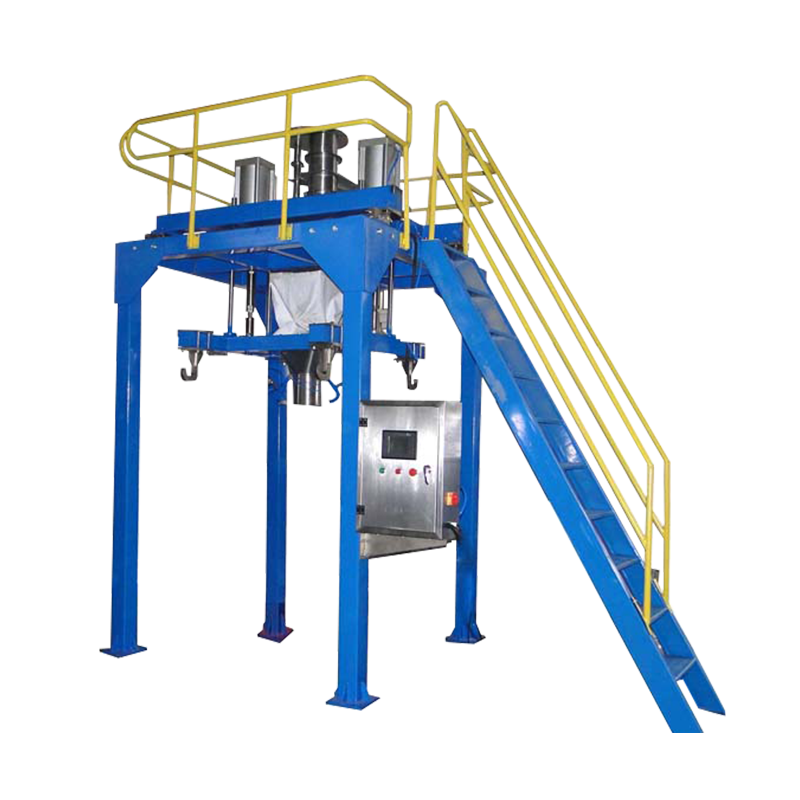
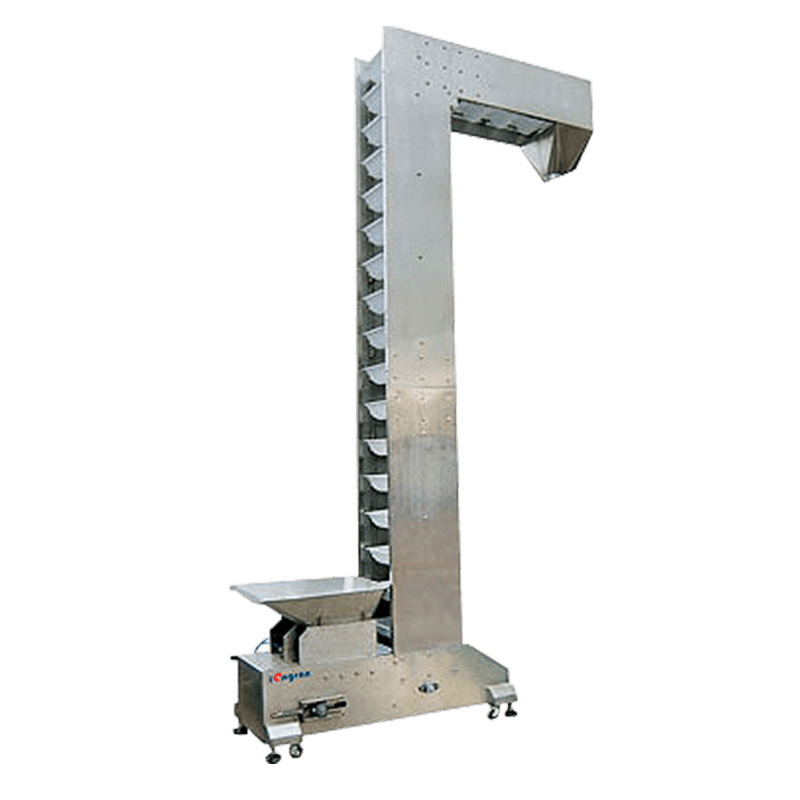
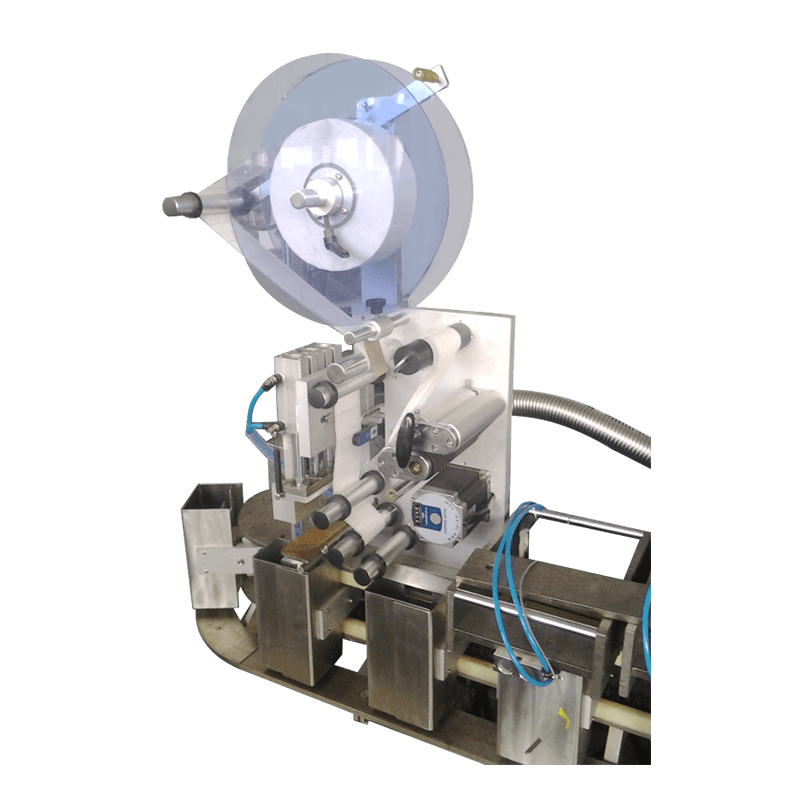
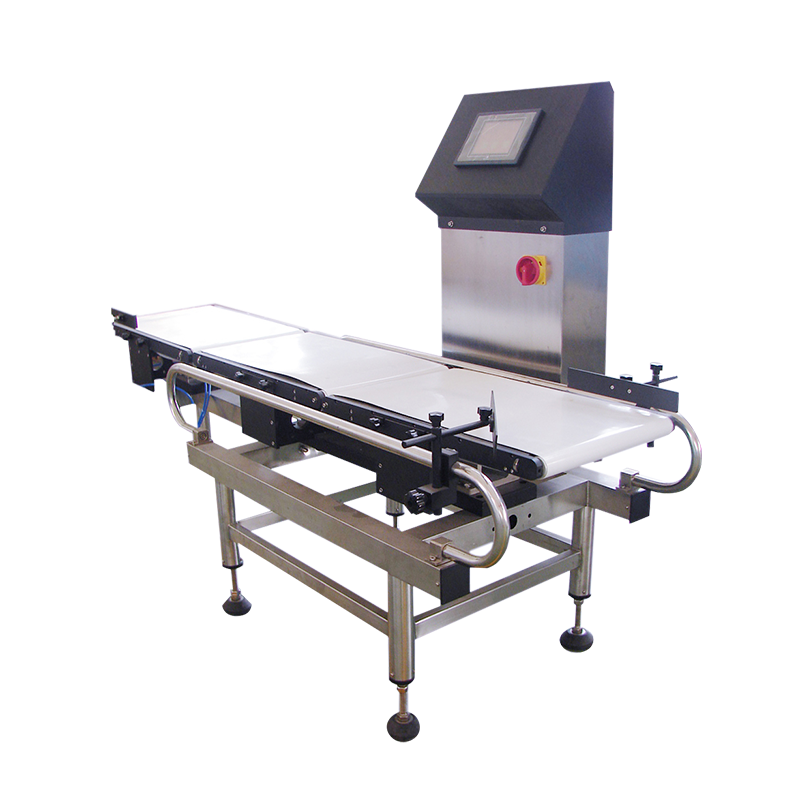
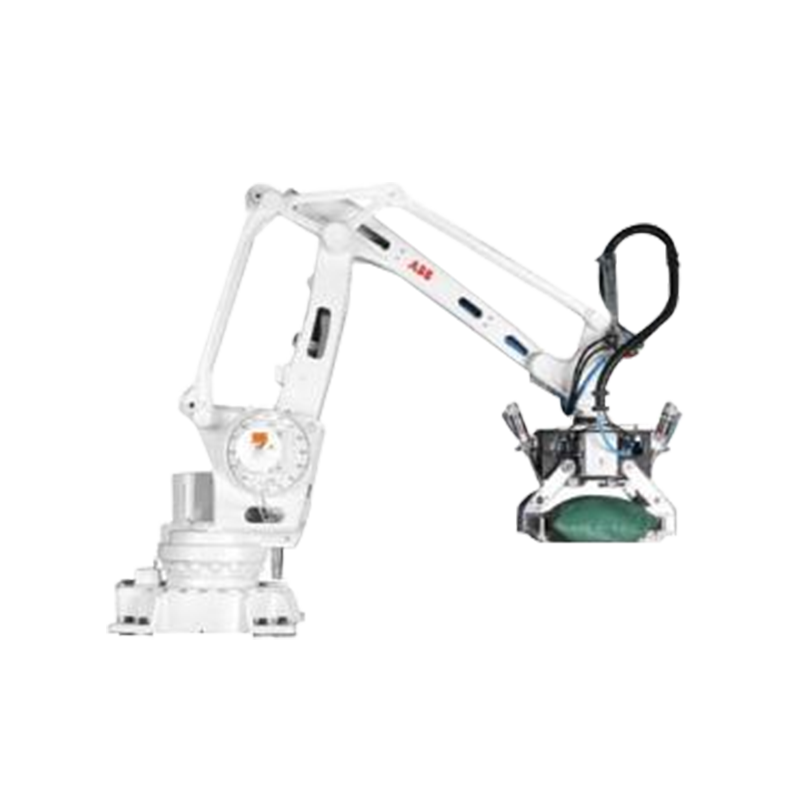
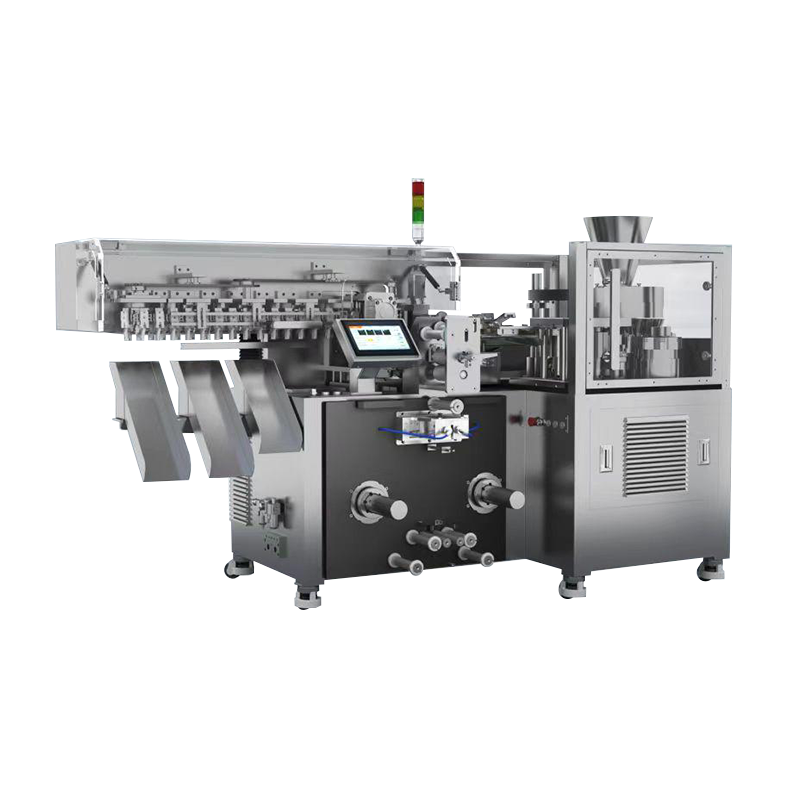
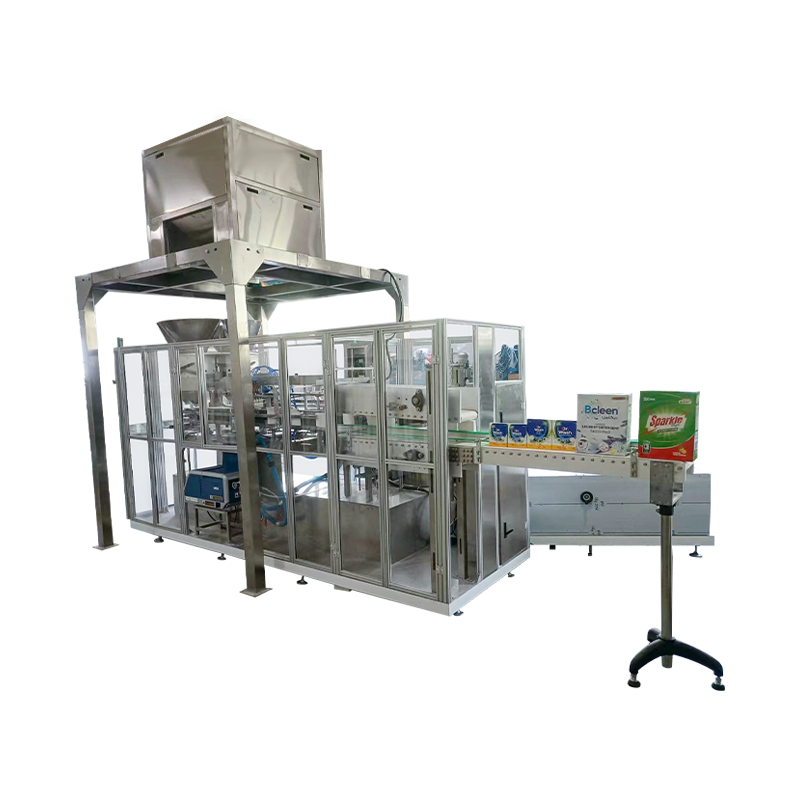

Contact Us